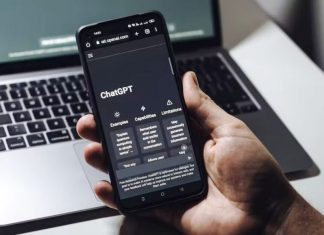Information technology advances in development and penetration to the masses every year. Many firms are working on technical solutions to the problem of data collection and procession. As an illustration, consider the construction of fingerprint databases for Internet users, which is an example of what some government agencies have at their hands. These digital fingerprints, sometimes known as “digital portraits,” can be gathered from all digital devices and services used by the person. Internet users unwittingly release personal and corporate information without their knowledge or consent. Even famous people are scared of having their faces known. Revealing their identity is a big thing. Read about the corpse husband face reveal to understand how bad it can be for a celebrity. However, they do so without any level of supervision from government agencies. Do you have personal things that you want to keep safe?
DNS Queries. The DNS records of an Internet service provider can expose everything you’ve done while connected to the Internet. An intruder can also access these records or government agencies without a proper court order.
Wi-Fi or Bluetooth Devices in Close Proximity to You. Smartphone makers have included tools that allow you to pinpoint your location even if your phone does not have GPS or Wi-Fi on. Your location data can be sent to third-party servers and used for advertising.
Wi-Fi on the Smartphone. Hackers can use specialized equipment to interfere with Wi-Fi hotspots in order to get your data and access your accounts. They will compromise your smartphone to connect directly to your device, even if you do not allow it to do so. In this case, the attacker might potentially gain access to all of your data.
Payments from Devices. Contactless payments are very popular nowadays. These details can be utilized to track down individuals.
Your Browser. Every time you visit a website, your browser receives a unique cookie data set. This enables online portals to recognize who has signed in and basically know who that person is. It reduces your anonymity to almost nothing. Make sure to delete them often.
Smartphones Running on Android or IOS Operating Systems. Even if the device is completely switched off, it will continue to broadcast identifying information to adjacent devices, even if they are not connected to the Internet, thanks to Bluetooth Low-energy technology. Smartphones are created to be easily identifiable.
The Use of Tor or a VPN. Over the years, various advanced approaches have been investigated to remove anonymity from the Tor-encrypted communication system. These attacks can find out your encrypted traffic. This method has a success rate of more than 90 percent. An attacker can use your “fingerprints” to get access to your network (for example, to find out which websites you’ve visited) or to learn specific information about your encrypted activities.
The IP Address. Service providers have been compiling statistics on their customers’ IP addresses for many years. Knowing the IP address of a user allows you to determine where the person is located and his activity on the Internet.








